The lighting industry is constantly evolving.
At Xyston, we are committed to offering the best solutions, including the necessary technology you need.
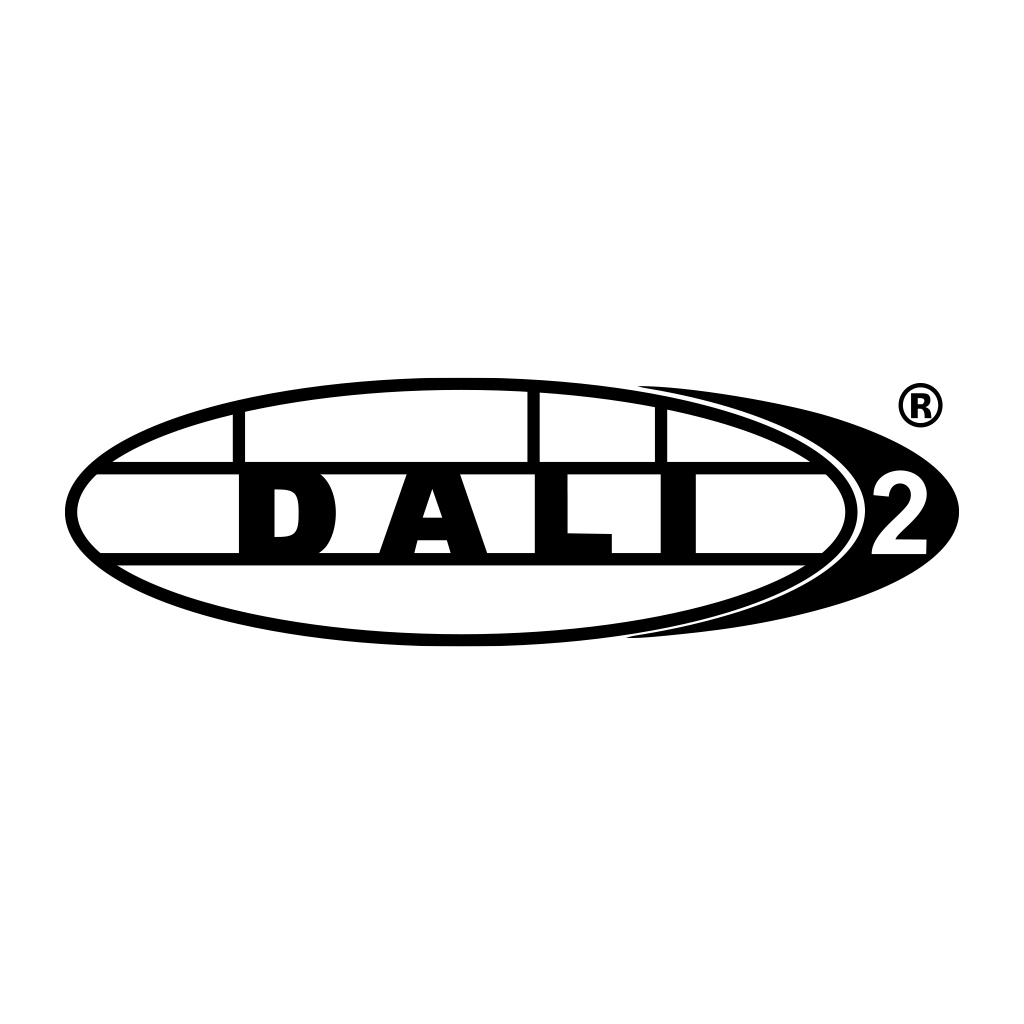
What is DALI?
DALI, or Digital Addressable Lighting Interface, is a standardized protocol used in lighting control systems to enable digital communication between lighting devices. DALI allows individual lighting fixtures, such as LEDs and ballasts, to be controlled independently, offering precise dimming, scene setting, and energy management capabilities. Xyston products with DALI integration provide significant benefits to customers by enabling seamless, interoperable lighting control within complex installations. These products allow users to fine-tune lighting environments, reduce energy consumption, and automate lighting schedules, all while ensuring compatibility with a wide range of other DALI-compliant devices. This flexibility and control enhance the overall efficiency and user experience in commercial, industrial, and residential applications.
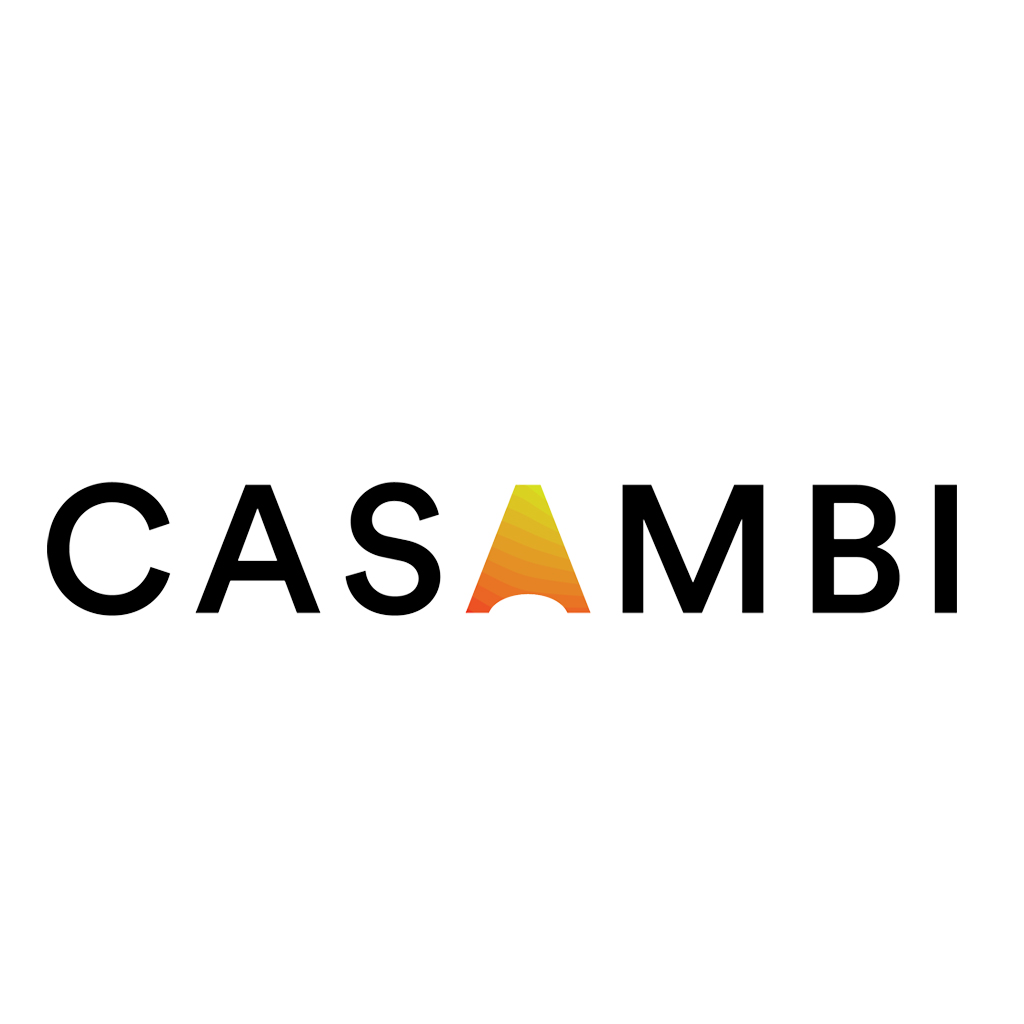
What is Casambi and what does Casambi Ready mean?
Casambi is a wireless lighting control system that leverages Bluetooth Low Energy (BLE) to provide users with flexible and intuitive control over their lighting environments. Casambi allows for the creation of complex lighting networks that can be easily managed through a smartphone app, enabling features like dimming, scene setting, and scheduling without the need for additional wiring or infrastructure. When a product is listed as Casambi Ready, it means that the device is fully compatible with the Casambi ecosystem and can be seamlessly integrated into a Casambi-controlled network. Xyston products that are Casambi Ready offer significant benefits to customers by allowing them to incorporate advanced lighting controls into their systems with minimal setup. These products provide a scalable and user-friendly solution for both small and large installations, enhancing convenience, energy efficiency, and the overall lighting experience.
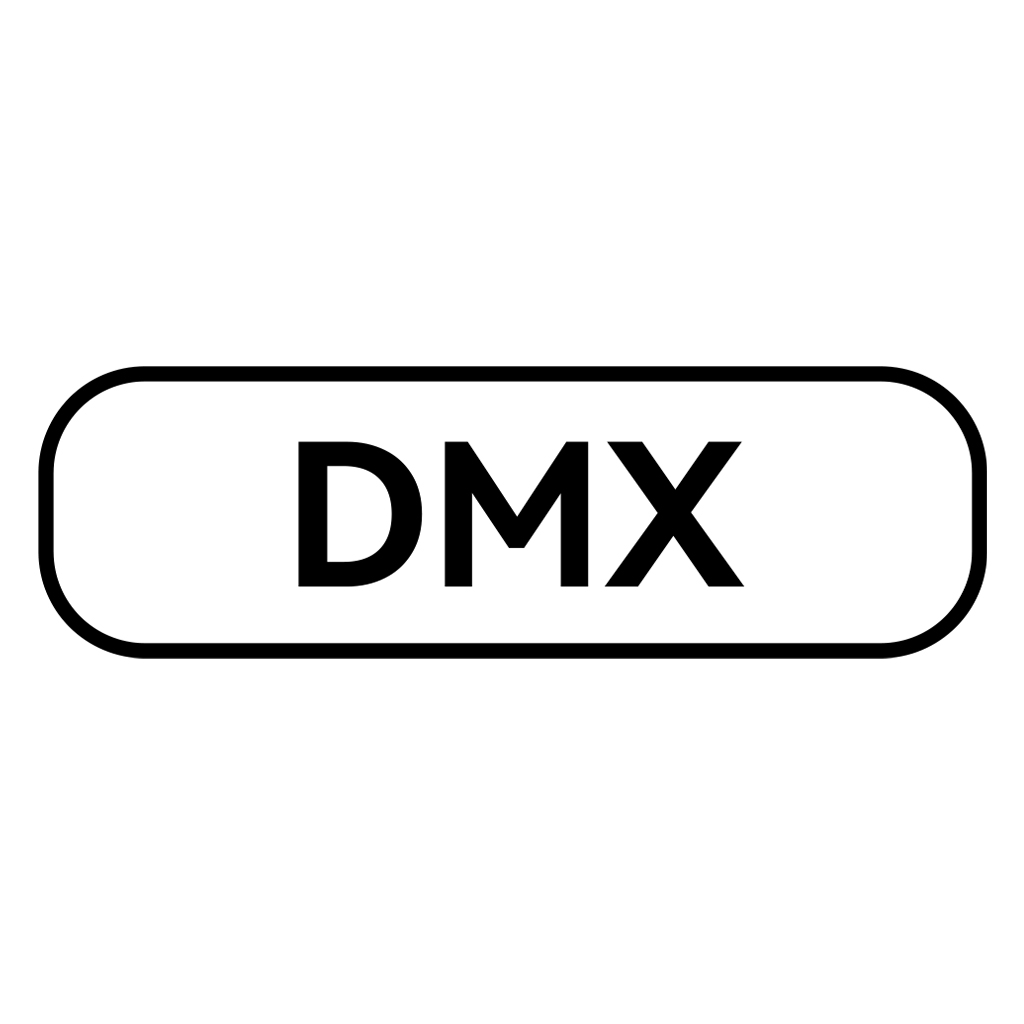
What is DMX?
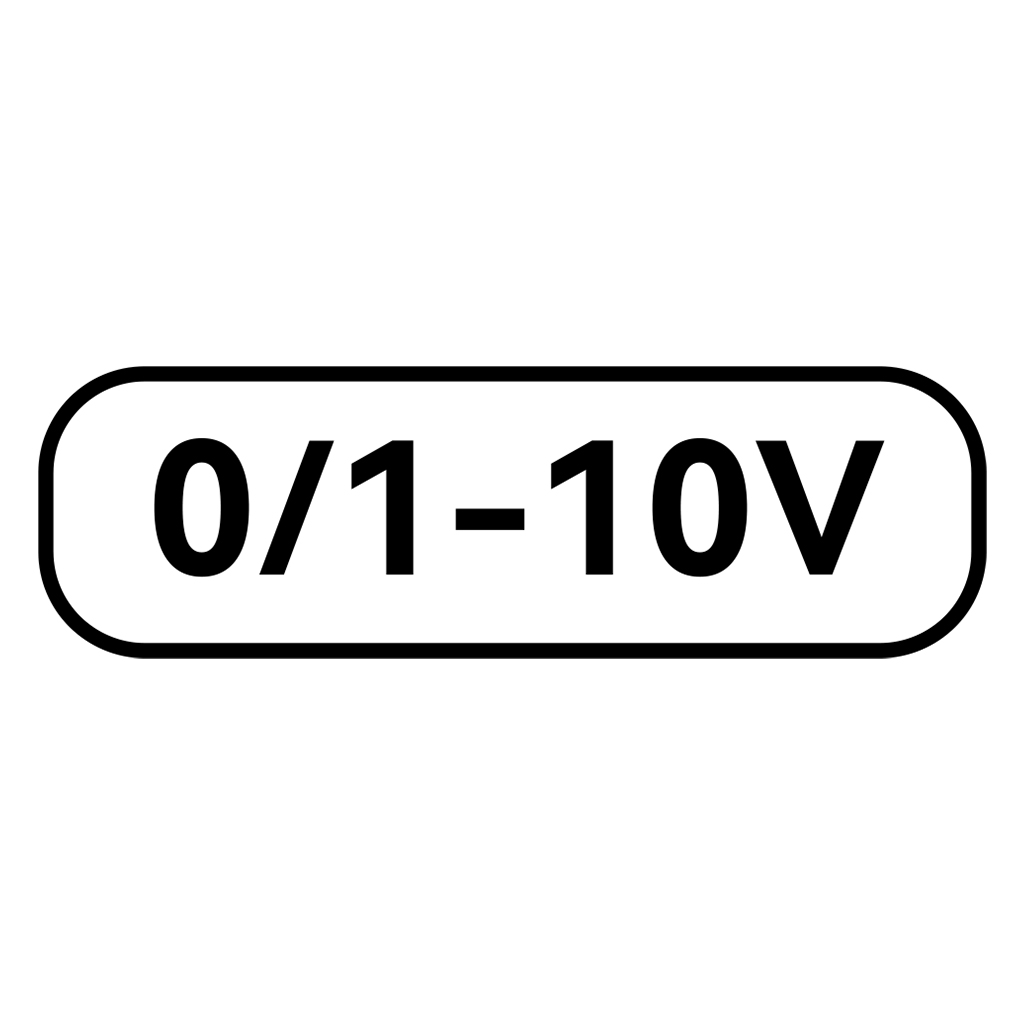
What does 0/1-10V mean?
0/1-10V refers to a type of analog dimming control used in lighting systems. In this setup, a low-voltage signal (ranging from 0 to 10 volts) is sent from a dimmer or control system to the lighting fixture, which then adjusts the light output accordingly. A 0-10V system typically allows for a full dimming range from 0% to 100%, with 0V turning the light off, while 1-10V systems usually allow dimming down to a minimum level but not completely off. Xyston products labeled with 0/1-10V compatibility provide customers with a simple and widely-used method for controlling light levels, making them ideal for a range of applications from commercial to residential spaces. These products offer smooth, flicker-free dimming, enhancing user comfort and energy efficiency, and can be easily integrated with a variety of existing control systems, providing flexibility and ease of use in different lighting scenarios.
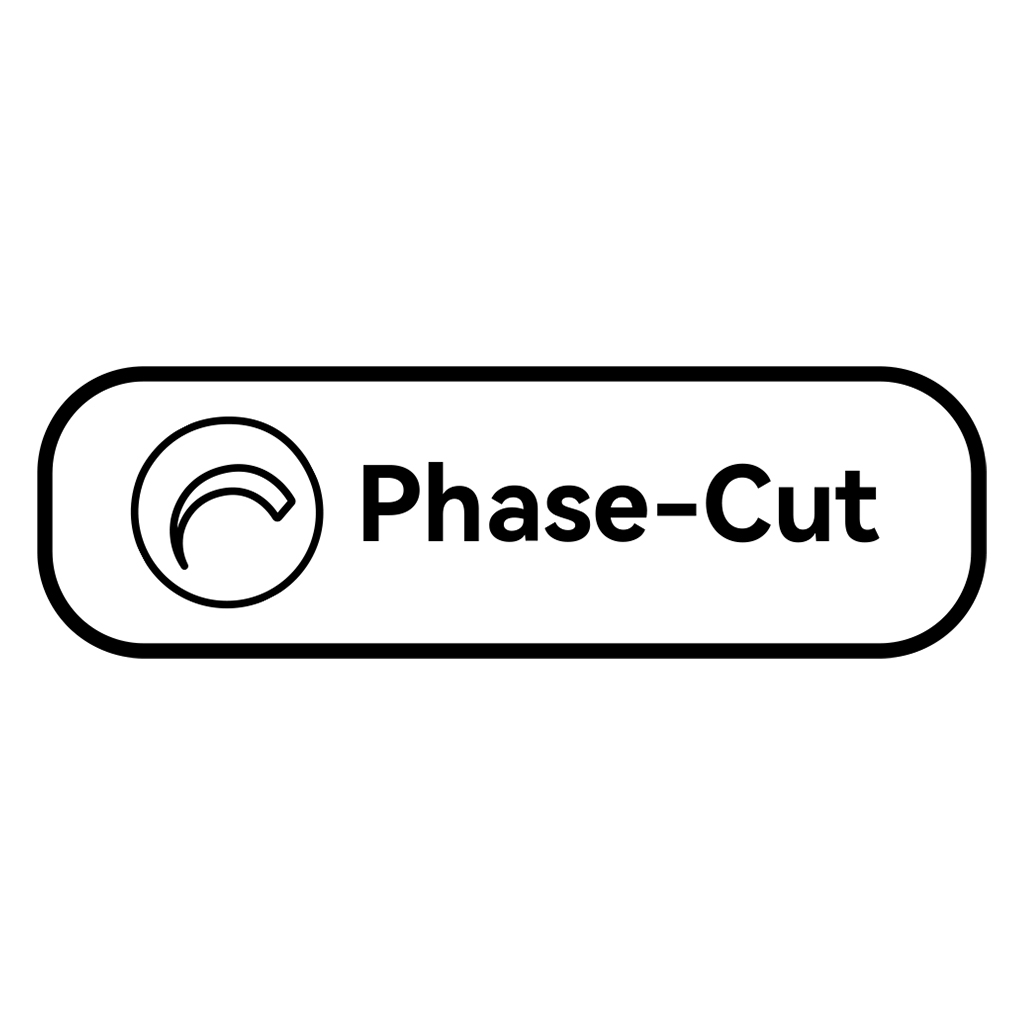
What does Phase-Cut mean?
Phase-Cut refers to a dimming technique used in lighting systems to control the brightness of lamps by cutting part of the AC voltage waveform. There are two main types of phase-cut dimming: leading-edge and trailing-edge. Leading-edge dimming cuts the front part of the waveform and is commonly used with incandescent and some LED lights, while trailing-edge dimming cuts the end part of the waveform and is often preferred for LED and electronic low-voltage lighting due to its smoother operation. Xyston products with phase-cut dimming capability offer customers the flexibility to adjust light levels using widely available dimmer switches, making them compatible with existing dimming infrastructure. This adaptability ensures smooth, flicker-free dimming and enhanced energy efficiency, providing a cost-effective solution for both retrofitting older systems and integrating new lighting installations.
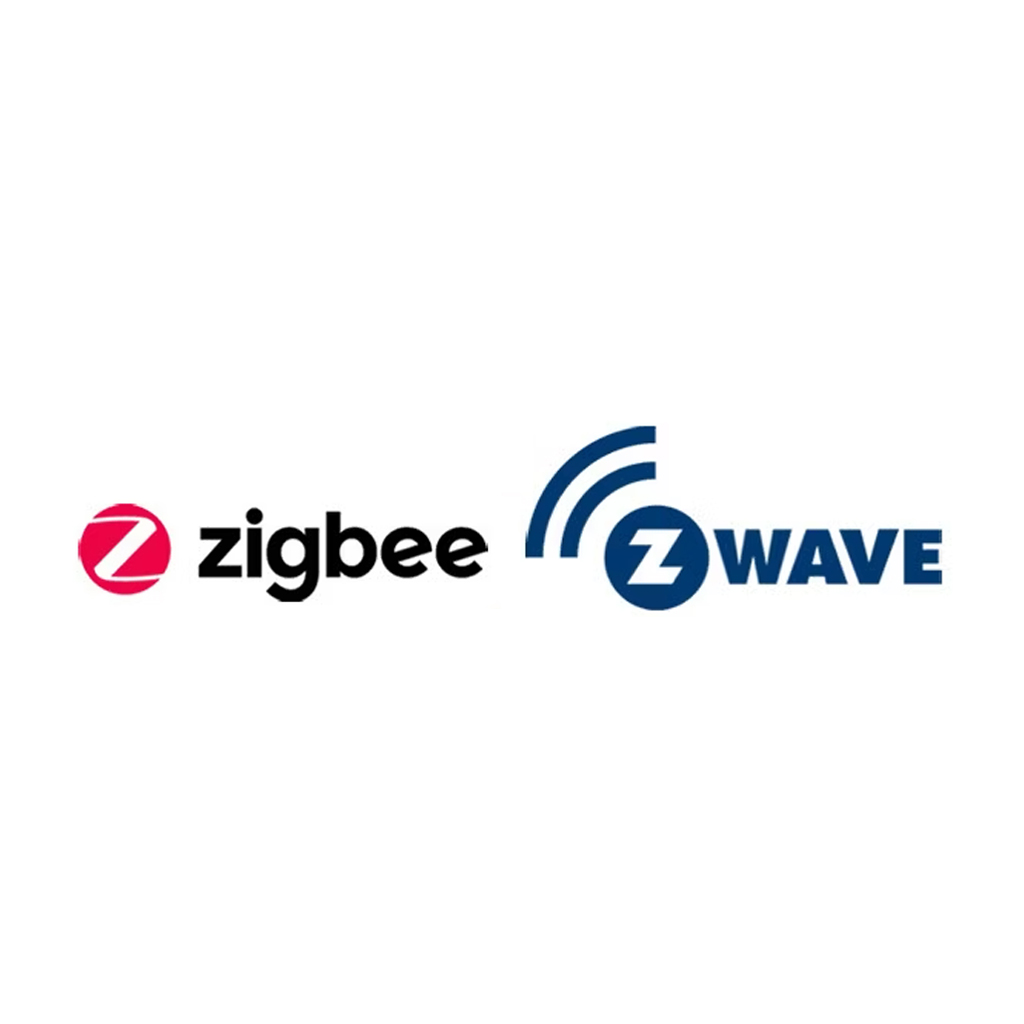
What is Zigbee and Z.Wave?
Zigbee and Z-Wave are wireless communication protocols widely used for smart home automation and Internet of Things (IoT) devices. Zigbee operates on the IEEE 802.15.4 standard and is designed for low-power, low-data-rate communication, making it ideal for a wide range of applications like lighting, security systems, and sensors. Z-Wave, on the other hand, is a proprietary protocol that operates in the sub-1 GHz frequency range, offering reliable communication with minimal interference from other wireless devices. Both protocols enable devices to form mesh networks, which enhance communication reliability and extend the range by allowing devices to relay signals to one another. Xyston products equipped with Zigbee and Z-Wave technology offer significant benefits to customers by providing seamless integration into existing smart home ecosystems. These products allow for remote control, automation, and monitoring of lighting systems, thereby enhancing convenience, energy efficiency, and security. Customers can easily integrate Xyston lighting solutions with their smart home systems, providing flexibility and a unified user experience for managing their environment.
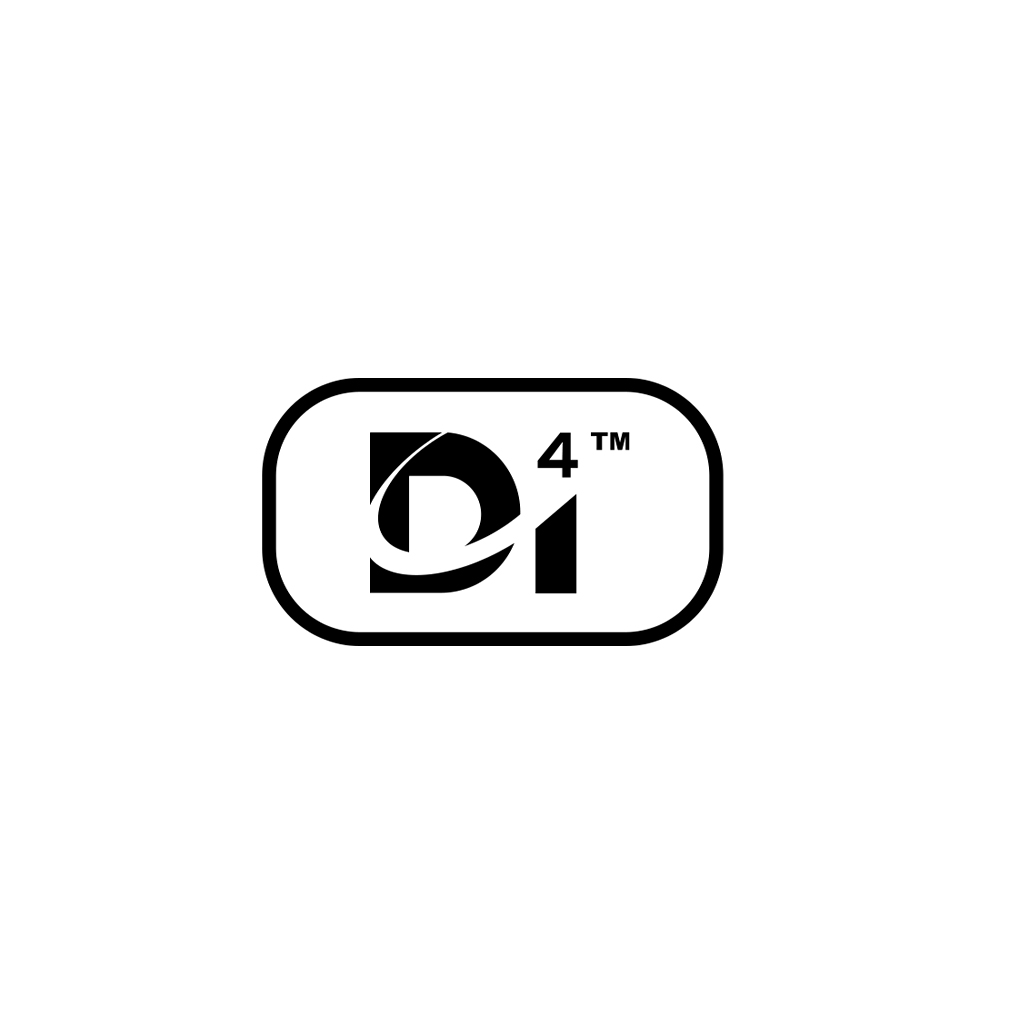
What is D4i?
D4i is an extension of the DALI-2 (Digital Addressable Lighting Interface) standard that focuses on smart, connected lighting in the Internet of Things (IoT) environment. It enhances the capabilities of DALI by allowing data to be stored and shared among lighting devices, facilitating advanced lighting controls and energy monitoring. D4i-certified luminaires are designed to be “plug and play” ready for smart city and building management applications, ensuring that power and data communication are streamlined through a single, standardized interface. Xyston products featuring D4i technology offer several benefits to customers, including easier integration with smart lighting systems and improved energy efficiency through precise monitoring and control. These products allow for seamless connectivity and interoperability with other D4i-compliant devices, enabling advanced functionalities such as asset management, real-time diagnostics, and automated maintenance scheduling. This not only reduces the complexity and cost of installation but also enhances the overall performance and adaptability of lighting systems in both commercial and industrial environments.
